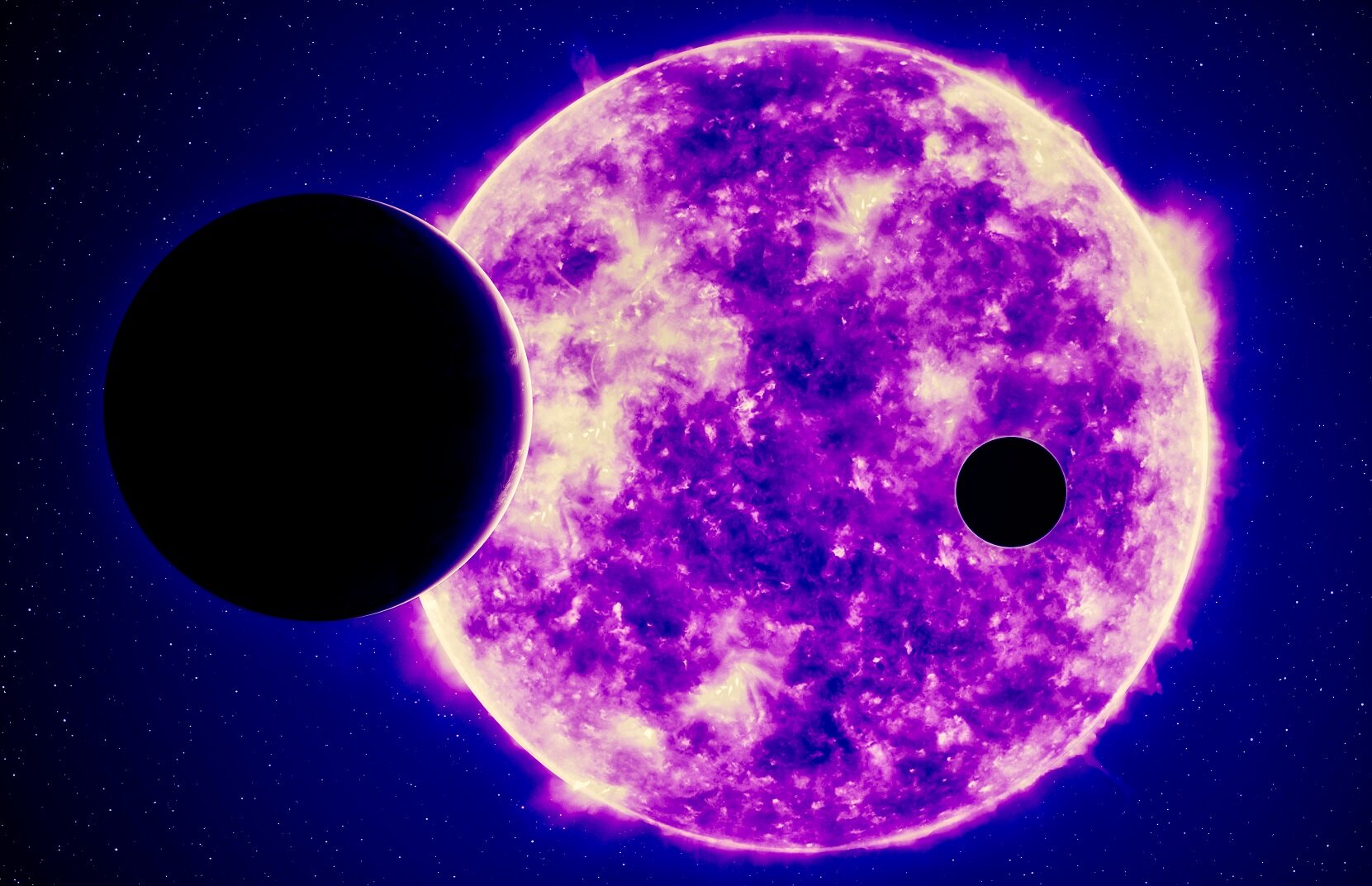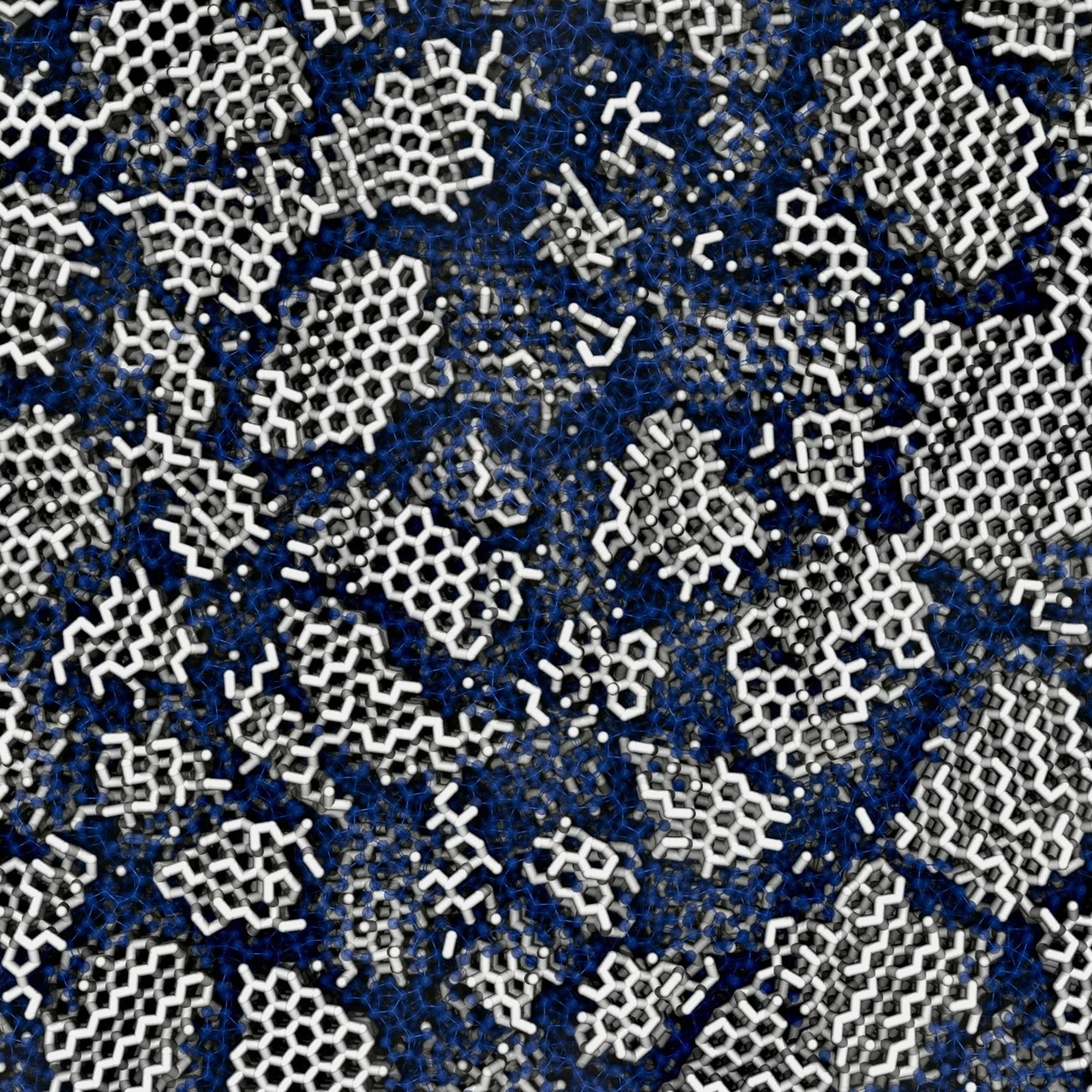Our milky way galaxy harbors numerous planetary systems, although many differ from our own. Our Solar System's relatively peaceful past has favored the emergence of complex life on Earth.
Suppose we can more accurately define systems that have had comparable tranquil pasts. That would enable us to restrict the number of targets in our hunt for extraterrestrial worlds that may harbor life. A recent discovery about sun-like stars allows us to do just that.
Image Credit: Lukasz Pawel Szczepanski via Shutterstock / HDR tune by Universal-Sci
When astronomers zoom in on a binary star system (a system in which two stars circle a similar center of mass), they often notice that the chemical composition of one star is slightly different from that of the other.
This is strange as, in a binary system, both stars must have originated from the same primordial gas cloud. As such, you would expect them to be virtually identical in composition. If that this is not the case, one could assume that the gas cloud from which they originated was not as uniform as previously thought. An alternative explanation would be that the stars were identical at birth but that the chemical composition of one of them changed at a later point during its lifecycle.
How would the composition of a star suddenly change? It is possible that one of the stars swallowed one or more of its own planets in the past. Planets are usually denser and contain heavier elements. If one star in a binary system eats its planets and the other star doesn't, this would be reflected in asymmetric composition.
Research
Astronomers observed a number of exoplanetary systems in which large or medium-sized planets show dramatically migrated orbits. The gravitational pull of these migratory planets may have shifted the trajectories of the other planets within the system or forced them into unstable orbits.
In the majority of these highly active systems, it may have been possible that some planets crashed into their host star. However, astronomers didn't know how prevalent these chaotic systems are compared to much calmer systems like our solar system.
The researchers discovered that somewhere between 20 and 35 percent (with the most likely figure being 27%) of all sun-like stars swallow their own planets. They reached that conclusion after studying the chemical composition of stars within 107 binary star systems. In quite a few of these systems, the chemical composition of twin stars turned out to be asymmetrical. The team published their findings in the science journal Nature Astronomy.
Several strong indications were found that the anomalous chemistry of numerous stars can be traced back to the absorption of planets. For example, scientists found that stars with a thinner outer layer more often have a differing chemical composition. This is probably the result of planetary material merging into a relatively smaller amount of stellar material, increasing the likelihood of a measurable change in the star's chemical composition.
It also turns out that stars rich in iron also harbor noticeably more lithium than their companions, indicating that they have swallowed a planet. Under normal circumstances, lithium is quickly destroyed within stars, but the element persists in planets. The lithium must have been added to the stellar material by a planet after the star was formed.
Artist impression of a sunset on a planet in a binary star system - (Image Credit: WWWoronin via Shutterstock / HDR tune by Universal-Sci)
What does this mean for the search for extraterrestrial life
What does it mean for the potential existence of life when a star engulfs some of its own planets? Lorenzo Spina, first author of the paper, stated that it would be as if Jupiter or Saturn fell towards the Sun, destroying even the orbits of the innermost planets. It is unlikely that such dynamic planetary systems are suitable for hosting complex life forms akin to those found on Earth.
According to Spina, the results of their study represent a generational turning point in stellar astrophysics and in the exploration of exoplanets.
Until now, scientists only knew about the existence of some anomalous binary systems formed by chemically asymmetric stars. However, the cause of these anomalies was not yet fully understood. This study on a large sample of stars now shows that the observed anomalies are the direct consequence of the cannibalization of planets.
One of the main scientific challenges of the twenty-first century is undoubtedly the search for planets that resemble Earth as close as possible. As stated by Spina, the Milky Way contains millions of stars similar to our Sun, and the hunt for Earth 2.0 is at risk of becoming very similar to the search for the proverbial 'needle in a haystack.'
This research opens up the possibility of using information about the chemical composition of stars to identify the ones that are most likely to host planetary systems similar to our solar system.
Sources and further reading:
FEATURED ARTICLES:










